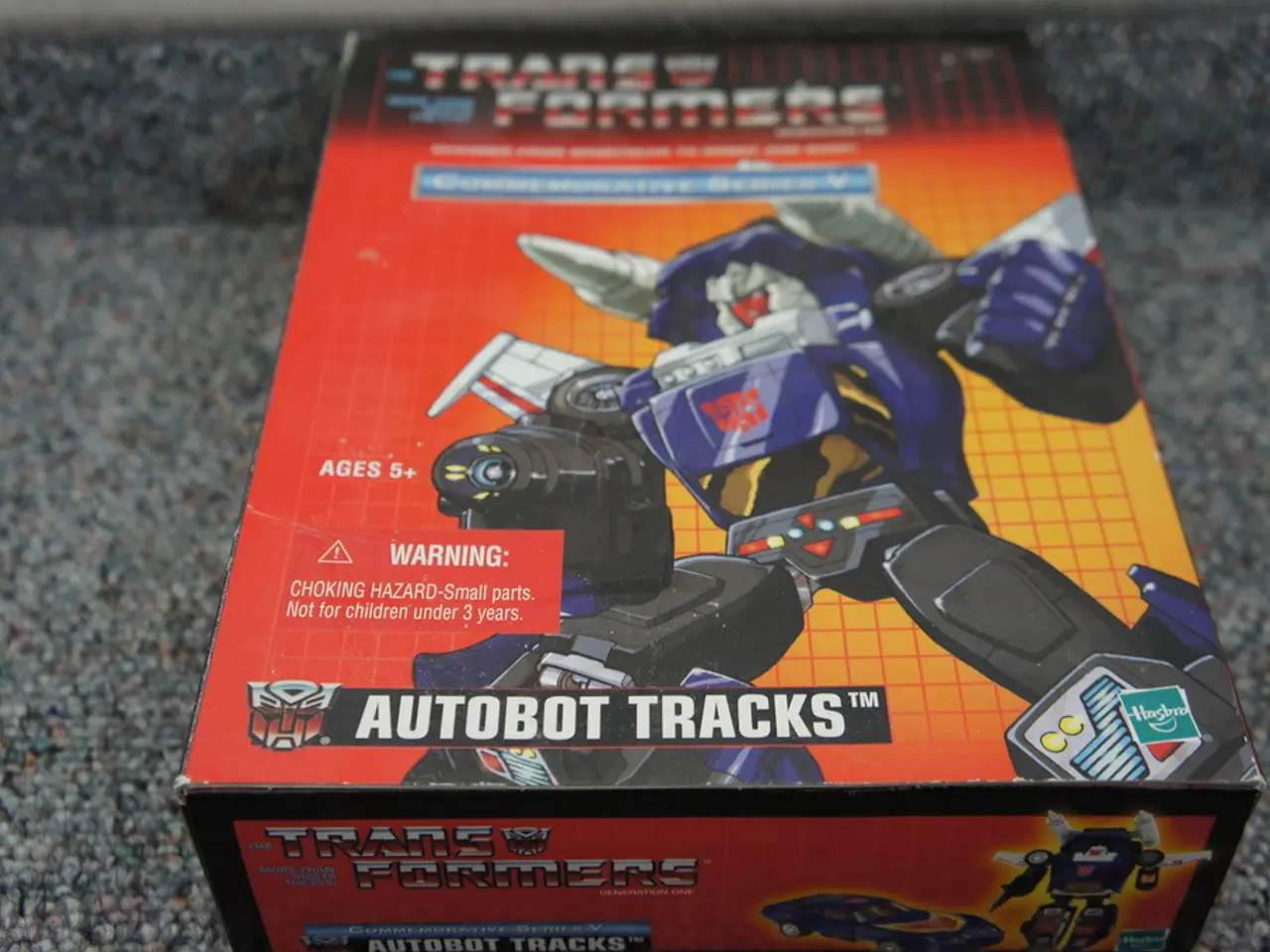Adapting Robots in Real-World Scenarios: The Emergence of Agile Machines in Fluctuating Surroundings
The world of robotics is evolving at an unprecedented pace, with significant advancements in artificial intelligence (AI), sensor technology, and biomechanics paving the way for the development of agile robots. These machines are revolutionising various industries, from construction to healthcare, by navigating, adapting, and learning from their environments more effectively than ever before.
Artificial Intelligence (AI) plays a pivotal role in this transformation. Machine learning and deep learning algorithms enable robots to learn complex tasks and adapt to new situations by processing vast amounts of data from sensors and environments. This learning process allows robots to make real-time decisions based on sensor inputs, enabling them to navigate through dynamic environments and avoid obstacles autonomously.
Moreover, robots can now learn skills by observing AI-generated videos, opening new avenues for efficient and scalable learning processes. In the construction industry, for instance, robots are assisting with site inspections, material transportation, and hazardous-area assessments, while aerial robots equipped with thermal imaging cameras are used in wildfire-prone regions to track fire spread and guide firefighting efforts with real-time data.
Advances in sensor technology have also played a crucial part in the development of agile robots. Improved perception capabilities allow robots to map dynamic spaces and localize sounds, which is crucial for agile navigation. Sensors provide real-time feedback that helps robots adjust their movements and actions based on the current state of their environment.
Biomechanics has significantly influenced the design of agile robots, often inspiring machines that mimic natural movements. For example, agile quadrupedal robots, like Boston Dynamics' Spot, are being used in disaster response for search-and-rescue operations in dangerous environments.
By integrating these advancements, robots can achieve embodied intelligence, allowing them to perceive, reason, and act effectively in the physical world. This involves using physical simulators and world models to enhance autonomy and adaptability. The integration of AI and sensor technologies also enables scalable learning, where robots can continuously learn and adapt to new environments through self-supervised and multimodal learning approaches.
As we look to the future, we can expect to see fully autonomous search-and-rescue teams, robotic explorers navigating deep space missions, and personal robotic assistants that seamlessly integrate into everyday life. Researchers are also exploring ways to improve robotic awareness of human behaviour, allowing them to predict movement patterns, interpret gestures, and communicate more naturally.
Future advancements in AI, energy storage, and biomechanics will make robots even more autonomous, resilient, and adaptable. In healthcare, robotic exoskeletons are helping paralyzed patients regain mobility, and AI-driven robotic assistants are used to monitor patient vitals, deliver medications, and provide companionship to elderly residents in care facilities.
In the logistics industry, mobile robots are being used in large-scale warehouses to autonomously navigate storage facilities, optimising the transportation of goods without human intervention. The transition from lab-based prototypes to real-world applications is happening faster than ever in various industries.
The shift towards agile robots was made possible through advancements in machine learning, real-time perception, and advanced motion control algorithms. The evolution of high-speed actuators and lightweight materials has improved the mobility and responsiveness of agile robots, making them lighter, more energy-efficient, durable, and capable of rapid movement.
In conclusion, the development of agile robots is bridging the gap between simulated learning and real-world deployment, transforming industries that previously relied entirely on human labour, such as disaster response, logistics, and healthcare. These machines, designed to function in dynamic, real-world settings, are set to redefine the future of robotics.
Artificial Intelligence (AI) and science, specifically in the form of machine learning and deep learning algorithms, are fundamental in enabling agile robots to learn complex tasks and adapt to new situations, allowing them to make real-time decisions in dynamic environments.
The advances in sensor technology, such as improved perception capabilities and real-time feedback, are crucial for the development of agile robots, as they help robots navigate more effectively by providing essential information about their surroundings.




